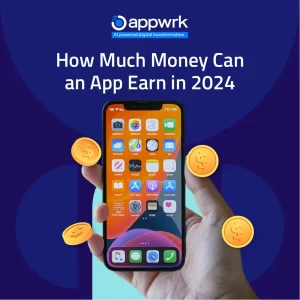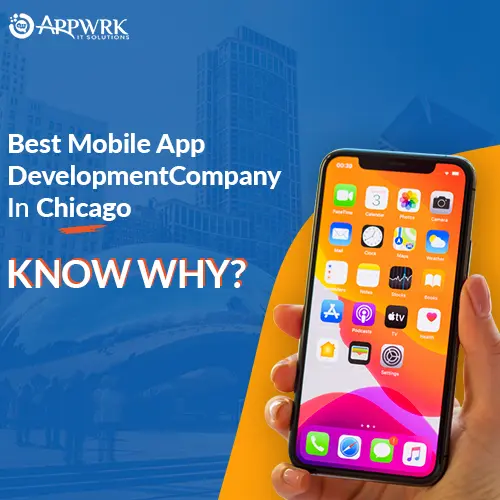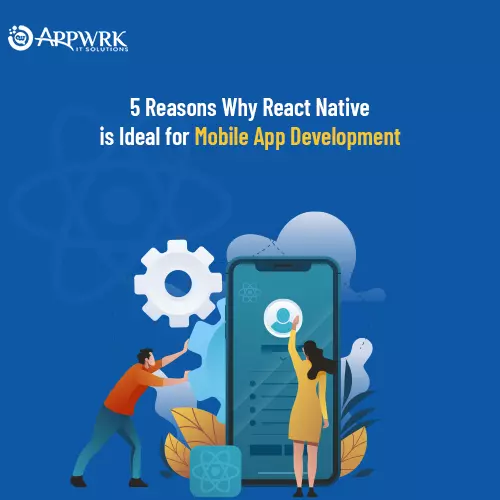How Much Money Can an App Earn in 2025?
Introduction
With the rise in the popularity of mobile apps and the mobile app industry projected to reach $777.4 billion by 2032, more and more businesses are turning to mobile app development. Not only can mobile apps help you earn a fortune on their own, but they can also complement other monetization methods, providing an additional revenue stream for your app. However, while there’s no denying the fact that mobile applications have the potential to bring in billions of dollars annually, only a few reach that level. Many mobile apps fail to make any money at all. Many business owners get confused and ask themselves, “How much money can an app make?”
The success of an app is influenced by a number of factors, including its design, user base, and effective monetization strategies. As the app ecosystem continues to expand across more platforms and devices, understanding the revenue landscape becomes crucial for developers and business owners.
Whether you have developed an Android or iOS app, strategically navigating the evolving mobile app market is vital for earning big bucks.
Let’s get into the nitty-gritty and find out how much money an app can make in 2024.
Table of contents
- Introduction
- How Much Money Can an App Make?
- Revenues or Monetization Models to Earn from an App – Consider Their Pros and Cons
- Apps Aren’t Just for Mobile Phones
- Which Platform Makes the Most Money for APP Developers?
- What Kind of Revenue Do Apps Generate?
- How Much Do Subscription Apps Make?
- Most Profitable Ad Formats for Different App Genres
- How much money do apps make per advertisement?
- How Does Revenue Work?
How Much Money Can an App Make?
In the evolving world of mobile apps, the earning potential of an app can not be gauged- it can range from a few hundred dollars to millions or even billions each year. The global market app produced over $250 billion in 2023, highlighting the potential of money apps can generate. However, with hundreds of apps launching every day, only a few achieve financial success, making it difficult to predict how much money an app can generate. For example, the top 200 apps can produce an average income of $82,500 daily, but when we expand the range to the top 800 apps, it only produces about $3,500.
Revenue also varies greatly between genres. For example, entertainment apps make around $3090 per day, whereas gaming apps generate about $22,000. There is no generic answer to the question of how much an app can make.
To unlock the true earning potential of an app, understanding various monetization strategies is essential. Let’s explore different monetization models to earn for an app, which will help you choose the most effective way to maximize your app’s earnings.
Revenues or Monetization Models to Earn from an App – Consider Their Pros and Cons
In-app Purchase Model
If you are looking for an app model where you can offer exclusive content, features, services, etc., this is an ideal option for you. The in-app purchases (IAPs) model is one of the best models that offer publishers a direct path to monetize their apps. In IAPs, the users can download the app for free and access a portion without any charges, but the customer has to pay for the additional services, premium features, and goods.
Gaming apps are the most common example of this type of model. In these gaming apps, users can purchase extra lives, special items, or game currency to advance to the next level. Gaming companies use this strategy to generate enormous profits.
According to Statista, mobile gaming app revenue is estimated to reach 131.96 billion dollars by 2029, which makes it a potential market.
Pros:
- Increased Revenue: Through IAP, developers can generate income directly from users by encouraging users to buy exclusive products and services.
- Scalability: Developers can always add new features and products, allowing users to make more purchases repeatedly.
Cons:
- Inconsistent Revenue: The revenue depends on user spending behavior, making it highly unpredictable and inconsistent.
- User frustration: Overly aggressive IAPs can irritate and frustrate users, leading to a poor user experience and an increased likelihood of abandoning the platform.
Freemium Model
Freemium apps are a combination of —a free app with paid features. They offer the basic features of an app for free while charging for exclusive features, content, or an ad-free experience. This lowers the barrier to entry, attracting a huge audience and then converting a percentage of that into paying customers by offering premium upgrades. The in-app purchase model is part of the freemium model. In IAPs, users have to pay for different levels and items, whereas the freemium model restricts to single-level payment.
Spotify is one of the most successful freemium monetization models, with a whopping 615 million users and 239 million paid subscribers.
Pros:
- Large user base: The Freemium model offers a free base feature to attract a broader user base, allowing them to explore the app for free.
- Lower acquisition cost: The app’s free features help attract users without spending a fortune on marketing, lowering the acquisition cost significantly.
Cons:
- Conversion challenges: Sometimes, most users continue using the free version, leaving a large user base with minimum conversion rates.
- High maintenance costs: This model requires support for the free and premium app versions, which incur additional operational and development costs to maintain a consistent user experience.
Subscription Model
Why limit your app to a one-size-fits-all approach? Different users have unique preferences and interests, and to cater to different user segments, subscription apps allow you to offer tailored solutions that suit their budget. Subscription-based apps provide a free trial period before requiring a monthly, quarterly, or annual payment to access the app’s content. They provide users with different subscription models from which they may choose the plan that best suits their needs.
This model is mostly used for cloud-based services like music, movies, and TV shows. With exclusive content and original shows, these apps stand out and guarantee a stellar entertainment experience. Subscription perks may include offline downloading, ad-free listening, limitless streaming, and personalized suggestions. In addition, offering subscriptions at the right price can be an effective strategy for retaining long-term consumers.
Netflix is one of the popular platforms that has adopted a subscription-based model with over 277 million paid subscribers.
Pros:
- Steady and predictable revenue: This model provides a steady and predictable income that helps the company plan the budget for the future.
- High user retention: Users are compelled to obtain their money’s worth and are encouraged to engage with the app.
Cons:
- Content demands: You need to provide users with new content/features every month to maintain their interest and justify recurring payments.
- High churn risk: While a subscription-based business model has a steady income, there is always a risk of high churn rates in the form of cancellations if content or service does not meet customers’ expectations.
In-app Advertisements Model
Have you ever encountered ads while using an app? That is in-app advertising. This model enables app publishers to monetize their apps by letting advertisers show ads to the users.
It involves displaying ads, ranging from simple banner ads to video ads and native ads. The cost of these ads is based on impressions, views, or clicks produced by the ads. The in-app advertisement model works best for apps with a large user base with a high engagement rate, such as social media platforms or free games.
Not to mention, in-app advertising can offer extensive benefits to users. They will only be shown ads for products, services, or events they are interested in, and sometimes, they can also receive exclusive discounts or promotions for interacting with ads.
Pros:
- Easy monetization opportunities: In-app advertising is a smart way to generate income by offering relevant and tailored ads to the audience, and is one of the simplest ways to boost revenue. This model allows developers to monetize apps easily.
- High User Engagement: This app model allows advertisers to create highly personalized ads that increase the chances of users engaging with the ads.
Cons:
- Fierce Competition: As this model becomes increasingly popular, more advertisers are looking to show their ads within apps, making it a highly competitive platform.
- Poor user experience: Sometimes, apps show way too many ads, which can irritate users, resulting in poor user experience.
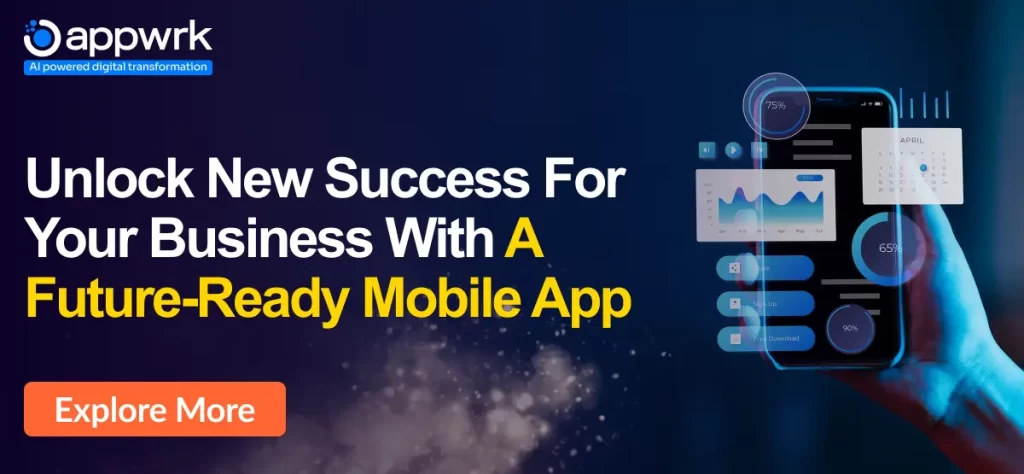
Data Collection and Purchase Model
In today’s digital world, data has become the goldmine for gaining valuable user insights. Apps collect tons of data about user behavior, preferences, and demographics every day, making it one of the most essential resources. The data collection and purchase model involves collecting user data and selling it to third-party companies, researchers, and analysts for market research, targeted marketing, and more.
The data can be used to gain valuable insights into user behavior, helping businesses to make data-driven decisions. Leveraging user data allows companies to provide a personalized user experience to boost engagement. This model is frequently used by social media platforms, navigation apps and health and fitness apps.
Pros
- Provide Valuable Insights: the data collected provides developers with user insights that can be used to improve app functionality, design, and UI.
- High revenue potential: User data is essential for companies to gain insights about consumers, making it extremely valuable and can be sold at premium prices.
Cons:
- Privacy Concerns: Collecting and selling data can lead to privacy concerns, so it is important that the data be kept anonymous and secure to protect users’ sensitive information.
- Regulatory Compliance: The government has strict laws for data protection, making it important for organizations to handle data securely. If companies fail to comply, it can lead to heavy fines and lawsuits.
Apps Aren’t Just for Mobile Phones
With the popularity of smart devices, apps have moved far beyond mobile phones. From smart TVs to wearables to voice assistants, apps have been integrated effortlessly into our lives. Smart wearables have become well-known in the health and fitness industry. They offer many insights about a user’s overall health, like real-time data on heart rate, blood pressure, glucose levels, steps taken, etc., and day-to-day activities.
Smart TVs are another device gaining popularity because of the rise of video-streaming media. The worldwide smart TV market was valued at $197 billion in 2022 and is expected to grow substantially. Some of the most popular apps for video streaming on Smart TVs are Netflix, YouTube, Hulu, and Amazon Prime.
While mobile phones have been the focal point when creating apps, optimizing your app for smart devices dramatically increases the revenue potential. Expanding services to these platforms not only provides exposure but also enhances user interaction in unprecedented ways.
Which Platform Makes the Most Money for APP Developers?
When it comes to making money from apps, not all platforms generate equal profits. selecting the right platform for your app can make all the difference to the profits between breaking even and making a fortune.
In this section, you will learn about the platforms on which you can make the mobile application available to a wider audience.
Application Stores
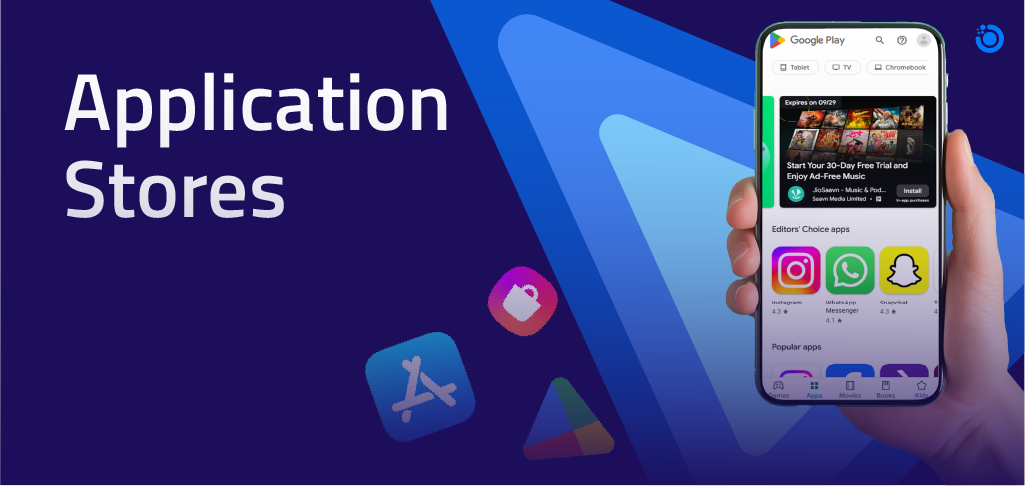
With the rise in popularity of smartphones, it has become important to make the app available for mobile phone users to cater to a large audience. The two most well-known platforms are Google Play and Apple’s App Store, which have the highest market penetration and host over 4 million apps to choose from. Android apps dominate in numbers, whereas iOS apps take the lead in revenue. These platforms, with their enormous user base, offer great potential for scaling and profitability.
Smart TVs
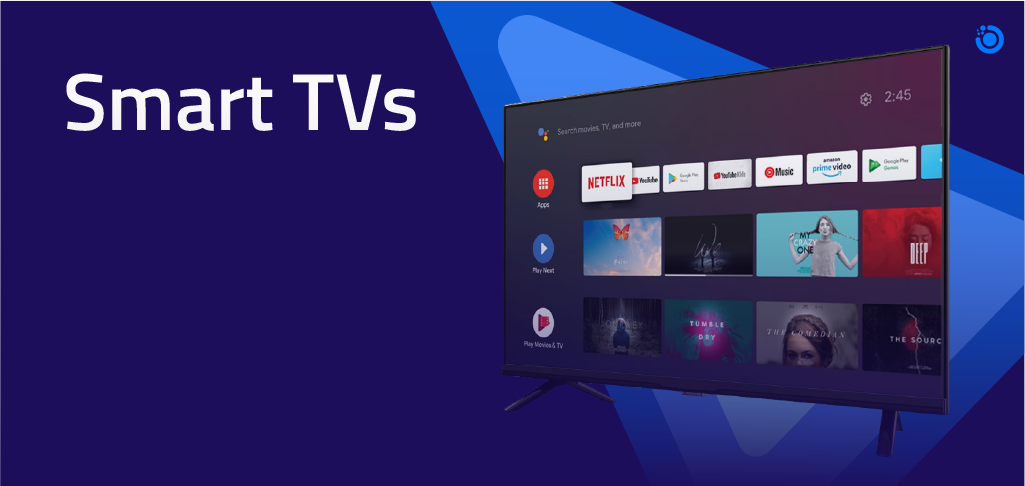
There’s no denying that smart TVs are changing the way we consume content. From streaming services to playing video games, there is an app for everything. Developers can utilize this opportunity by monetizing through in-app purchases, ads, or subscription models. With the popularity of smart TVs worldwide, it is important to pay attention to the smart TV app industry. Innovation and progress in the upcoming years will undoubtedly bring about a dramatic change, making it essential to focus your app idea on filling that gap.
Smart Wearables
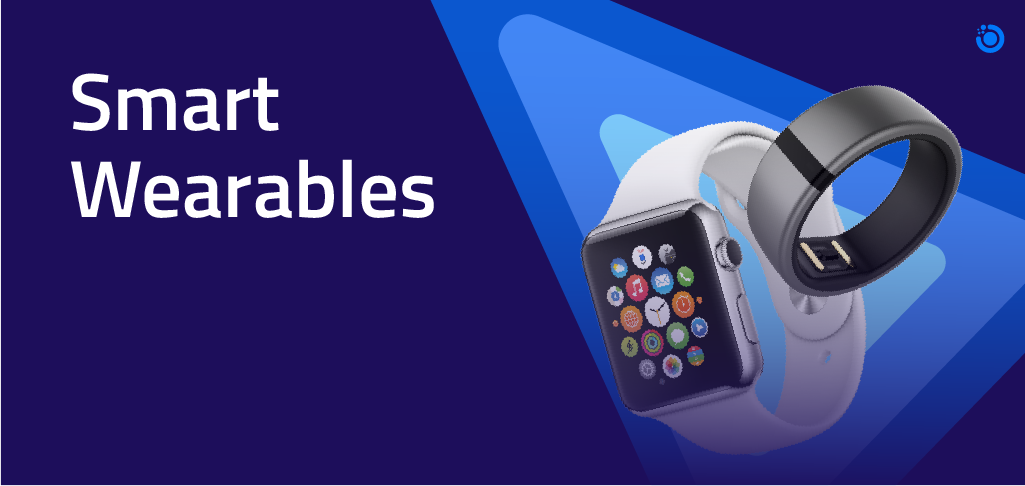
Smart wearables have also seen an increase in popularity for apps. When creating an app, it’s important to verify if it will function with smartwatches, smart glasses, bands, clothes, fitness trackers, and other devices. These wearables are designed to be easily adjustable and include apps that focus on users to increase consistency. They also offer several apps for monitoring health and fitness in real-time and generate enormous revenue.
Voice Assistance Based App

Voice assistants have drastically changed the way we connect with technology in recent years. The primary focus for developing voice recognition software was to make everyday life easier. These days, voice assistants are like virtual digital assistants that can react to spoken instructions, such as playing your favourite music, making calls, sending messages, setting alarms, and more. The future of voice assistants looks promising, so creating an app that works with this technology has a better scope of earning from an app.
What Kind of Revenue Do Apps Generate?
With mobile app revenue predicted to reach $935 billion in 2024, apps can generate millions of dollars in revenue annually. The majority of the highest-grossing applications are games. Most gaming applications can be downloaded for free, but the actual money is earned through in-app purchases. About 98% of app revenue comes from free applications with in-app sales. The previous year, the worldwide revenue from in-app purchases was projected at $81 billion.
Here is the breakdown of the highest revenue generating Apps in 2024
| App’s Name | Combined Total |
| Honor of Kings | $961 M |
| TikTok | $192 M |
| Youtube | $126 M |
| Disney+ | $109 M |
| Tinder | $85 M |
How Much Do Subscription Apps Make?
In today’s highly competitive mobile app market, businesses are embracing the subscription model to extend to new revenue streams. Subscription apps alone generated over $45 billion in 2023.
One of the most successful examples of subscription apps is Netflix, the streaming giant that generated about $9.6 billion of total revenue in the second quarter of 2024. Netflix has transformed the entertainment industry with its subscription model. This model offers access to an extensive collection of TV series and movies for a recurring monthly fee. Netflix has millions of paying subscribers globally and has managed to retain the user base by consistently investing in original content and customized recommendations.
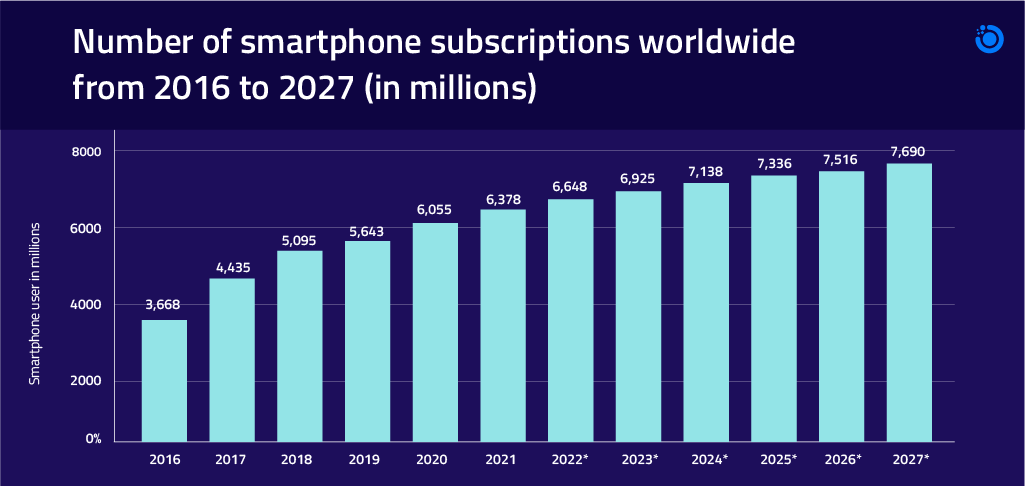
Most Profitable Ad Formats for Different App Genres
It goes without saying that Ad formats can significantly impact an app’s income, especially when designed for a specific genre. Different app genres appeal to unique user behaviors, and a successful ad format in one category might not be effective in another. Let’s explore the most money-making ad formats across popular app genres.
1. Gaming Apps

When it comes to gaming apps, keeping players engaged without compromising the game experience is critical. As one of the most profitable app categories, gaming apps are expected to generate $177 billion in ad revenue by 2024, with in-app purchases majorly contributing to this number. The two most popular ad formats used in this genre are:
Interstitial Ads: These ads cover the entire screen of the app or site. They are displayed during natural transitions within the app, such as between game levels or moving between activities without disturbing the gameplay. Interstitial ads are highly effective, making them a popular choice for game developers.
Rewarded Video Ads: In this type of ad, users can choose to view a video commercial in exchange for in-game rewards like extra lives, boosting user engagement and satisfaction while generating ad revenue.
2. E-commerce and Retail Apps
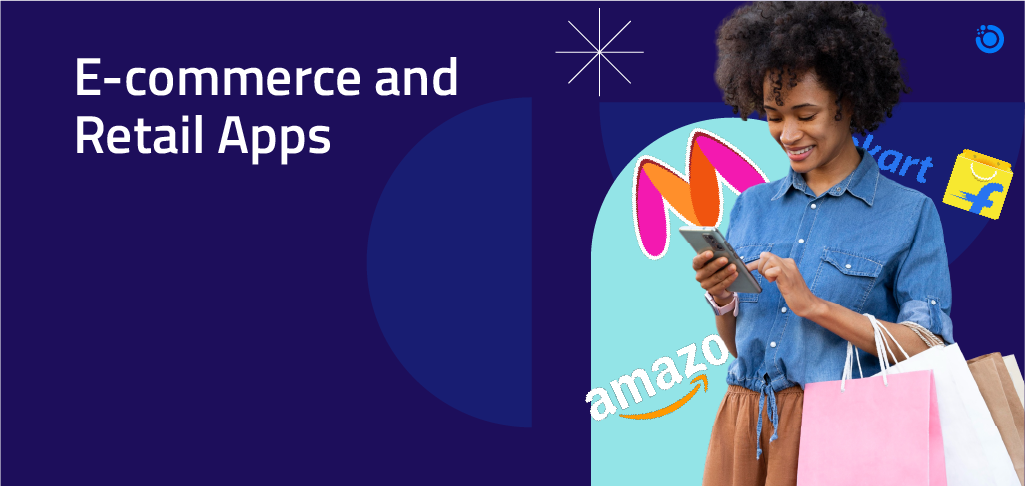
The E-commerce mobile app market is also part of the growing mobile ad ecosystem, with overall mobile commerce expected to reach around $4.5 trillion globally by 2025. Push notifications and native ads are critical for driving sales and user engagement in this sector.
- Push notifications: These notifications boost engagement and conversion rates by sending personalized offers and promotions to the users. They perform extremely well in the retail sector.
- Native advertisements: In native ads, the products are presented in a way that feels natural to the users. They include elements like thumbnail images, headlines, and more to complement the platform’s style. These ads combine marketing messages with customized content that improves user experience, making them the best choice for ecommerce apps.
3. Streaming and Media Apps

Streaming and media apps have experienced an incredible rise in popularity over the years. The market for digital ads, including the video streaming industry, is expected to grow to $216.4 billion by 2024. This shows the bright future and revenue potential of entertainment and streaming apps.
Video Ads: This includes in-stream advertisements (pre-, mid-, and post-roll) that are successful in video streaming apps. Video ads have an outstanding engagement rate and reach, making them a go-to choice for these apps.Audio advertising: When consumers interact with audio material such as music, audiobooks, and podcasts, audio advertising offers a nonintrusive means of delivering marketing messages while streaming the audio content.
4. Social Media and Content Apps

With millions of users using social networking apps like Instagram and TikTok to share content and connect with people, it offers a huge opportunity to generate income with well-placed ads. The social media advertising market is expected to achieve an ad spend of approximately $216.4 billion by 2024. The two most significant ad formats in social networking sites include:
- Native ads: These ads integrate seamlessly with an app’s content, driving more user engagement without disrupting the user experience. They work especially well in content discovery tools and social media feeds.
- Banner ads: These ads remain valuable in social networking and content apps where users are accustomed to seeing them. Banner ads can promote brand awareness and drive traffic to external websites.
5. Health and Fitness Apps
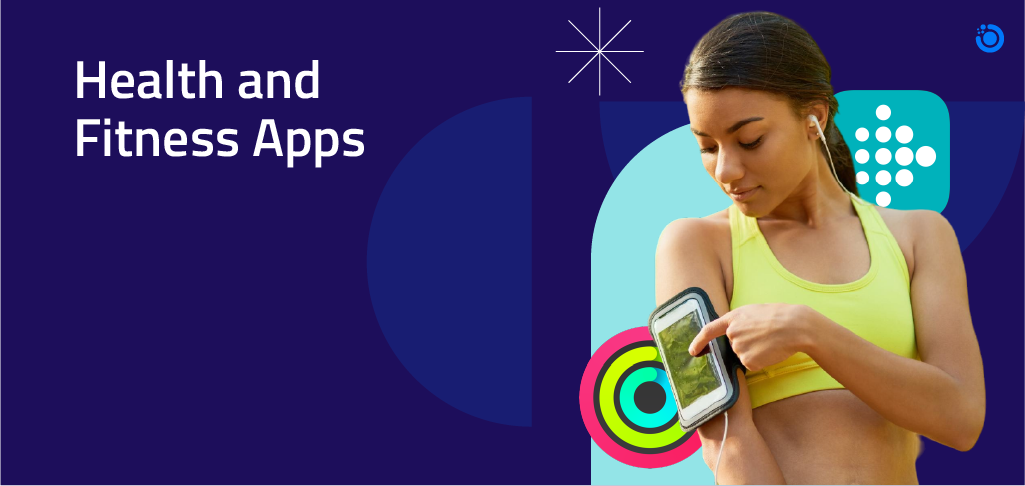
The fitness app industry has seen extraordinary growth in recent years. More and more people are turning to these apps to achieve their wellness goals. These apps have become a popular platform for targeted ads. The most effective ad formats are:
- Rewarded Video Ads: These ads offer rewards in exchange for watching video ads, like extra workout time or exclusive health-related content that encourages users to engage with ads. This not only improves user experience but also boosts revenue.
- Interstitial Ads: As users transition between intense workout routines, these ads can be strategically placed to attract attention. They deliver ads that fit into the app’s flow while maintaining user engagement.
Also Read: Top 11 Benefits of Mobile Apps For Your Business
How much money do apps make per advertisement?
In advertising, not every app creates equal income. The amount of money ads generate for an app depends on various factors like app category, ad unit, user demographics, and more. In the United States, the average revenue for rewarded video ads is estimated to be $0.02 per impression, whereas the overall revenue per completion for interstitials is %0.16.
Let us learn about the various factors that determine the cost per ad.
Ad Unit Varieties
Ad units are containers used to display various types of ads within a website or app. They come in multiple ad formats, placements, and types that can be used within each ad unit. The choice of ad unit and its placement can impact the user experience and revenue.
Advertisers can use one or more ad units for mobile apps. Too many units can irritate users and reduce revenue. It is crucial to find the right balance of ad units to increase income while maintaining the functionality of the app.
Structure of CPM Pricing
CPM is short for cost per mile. It is a critical metric that determines the amount of money a company pays for every 1000 ad impressions. The cost of impressions changes with the market and people. For example, finance and B2B apps typically have higher CPM values than entertainment apps, as they attract niche audiences that engage in finance and business and are more suitable for targeted marketing.
To calculate revenue, multiply the number of views by the CPM divided by 1,000. If you receive 10,000 impressions and your CPM price for an ad unit is $5, your total revenue will be $5*(10,000/1000) = $50.
Pricing Models Explained
In the realm of app monetization, various pricing models maximize ad income. One of the most common pricing models is CPM, which refers to Cost per mile(100 impressions ). The cost-per-click (CPC) metric is used for performance-based campaigns, where advertisers pay for every click on their ad irrespective of how many times it was shown. Cost per acquisition (CPA) is another crucial metric that calculates the total cost of a customer completing a specific action, from first touch point to conversion. These metrics are used to track the clicks or conversions when a customer clicks on the ad and navigates to the external website. Then, the revenue is calculated by measuring the ad clicks from the publisher’s app to the advertiser’s website.

Also Read: How to Choose the Best Mobile App Development Company for Your Business
How Does Revenue Work?
Did you know that mobile app spending will grow by a whopping 267% between 2021 and 2030? In today’s highly competitive mobile app market, advertising revenue is one of the best monetization sources for mobile app owners, and it’s a relevant income stream, especially for those who have high user counts in their apps. However, when it comes to calculating mobile app revenue, many business owners find it a daunting task. Calculating ad revenue accurately is not just a financial exercise; it’s a strategic necessity in today’s competitive marketplace.
Ad Revenue Calculation
Metrics are the compass that guides your revenue optimization journey. Some of the most important metrics are eCPM (Effective Cost Per Mile), CPM (Cost Per Mile), and CPC (Cost Per Click). eCPM shows the estimated earnings of an ad per 1,000 impressions.
These metrics provide a comprehensive view of your advertising performance. CPM, or Cost Per Mille, tells you how much you need to spend to get 1,000 impressions. CPC, or Cost Per Click, on the other hand, calculates the cost or earnings per individual click.
The Standard Formula for Calculating Ad Revenue

The standard formula for this calculation is Ad Revenue = Impressions x eCPM / 1000. This simple yet powerful equation allows you to quantify your earnings from ad impressions.
Knowledge of mobile app ad revenue, metrics, and the standard formula will help you understand where your earnings are coming from and empower you to make data-driven decisions about optimizing your revenue streams.
How to Make Money with an App Using AI?
With the prediction that the worldwide AI market value will reach $267 billion by 2027, establishing Artificial Intelligence in mobile apps has become a trendsetter for businesses.
The advent of AI has revolutionized the mobile app development industry. By leveraging AI’s capabilities, mobile apps can be made more efficient, secure, and user-friendly.
Many businesses have been integrating AI into their apps for various benefits, such as:
- Automate business operations to achieve higher ROI: AI can help you automate everyday tasks like data entry, scheduling, and customer service inquiries. This helps
professionals to devote more time to the tasks that drive revenue.
- Boost Customer Engagement: It offers tools like chatbots that provide 24/7 customer support. This allows customers to resolve their queries quickly, which improves customer engagement.
- Analyze Data to Enhance Service: By using AI algorithms, you can identify patterns in data and enhance service quality by offering personalized recommendations.
- Streamline Repetitive Tasks: It helps businesses streamline repetitive tasks, saving time and resources. This allows users to focus on more important tasks and improve efficiency.
What Apps Have the Capacity to Yield the Most Money in 2024?
In 2023, the global mobile gaming app revenue soared to approximately $90 billion and has grown to remarkable heights in 2024. This amount represents around 49% of the total gaming market, valued at $184 billion.
The mobile gaming industry is expected to rise further and potentially reach $118 billion by 2027. Revenue is generated from two major platforms: the iOS app store is projected to make over $40 billion in mobile app revenue, and Google Play’s mobile game revenue is expected to be around $30 billion in 2024.
Here are some of the categories of the apps that yield the most money in 2024
- Gaming Apps
- Dating Apps
- Social Media Apps
- Music and Entertainment Apps
- Health and Fitness Apps
Also Read: App Development Cost in 2024: A Detailed Guide
Conclusion
In the ever-evolving world of app development, with millions of apps distributed worldwide, success is never guaranteed. From basic apps generating a modest income to top-notch apps earning millions, the revenue opportunities are diverse. Achieving financial success in the app marketplace requires an understanding of some crucial factors, such as knowing your target audience, choosing the best monetization approach, and consistently coming up with new ideas to keep consumers interested. To maximize the earning potential of your app, you should extend its compatibility across different platforms and devices.

At the end of the day, your app could become the next big thing in this fast-paced business if you strike the right balance between strategy, creativity, and execution.
How Much Money Can App Earn? Let Your Business Boom in the App Marketplace
Over the years, the global app market has grown by leaps and bounds, generating billions of dollars each year in revenue. Unlike many other sectors, the mobile app market revenue remained strong even with the onset of the 2019 pandemic. By understanding and implementing the above-mentioned strategies, you can create sustainable and profitable apps in no time.
Want to turn your app idea into reality and make a fortune? APPWRK IT Solutions offers a wide array of mobile app development services, ranging from gaming apps to health and fitness apps, at a price that’ll fit right into your budget.
Our mobile app development team, with experience at leading companies, will work with you to develop and deploy tailored solutions that meet your business needs and unique industry demands, providing you with sustainable results and long-term success.
Contact us now to turn your idea into a top-notch mobile application.
FAQs
What exactly is ad revenue?
Ad revenue is the money you earn specifically from placing advertisements for products or services on digital platforms, such as websites, apps, search engines and social media. Ad revenue can also come from traditional advertising methods like television and magazine advertisements.
How does advertising revenue work?
Ad revenue can be generated through multiple types of advertisements, such as display ads, video ads, native ads, etc. Advertisers generally use a cost-per-click (CPC) or cost-per-mile (CPM) pricing model to pay app developers or website owners for displaying their ads.
- In a Cost Per Click (CPC) model, advertisers pay the owner of the website or app developer each time a user clicks on their advertisement.
- In a Cost Per Mile (CPM) model, advertisers pay for each 1,000 impressions or views of their ads.
How Much Money Can You Expect from An App?
The revenue of an app is affected by several factors, including its design, user base, and effective monetization strategies. For example, the top 200 apps can produce an average income of $82,500 daily, but when we expand the range to the top 800 apps, it only produces about $3,500.
Revenue also varies greatly between genres. For example, entertainment apps make around $3090 per day, whereas gaming apps generate about $22,000. There is no generic answer to the question of how much an app can make.
How Much Money Do Gaming Apps Generate from Ads?
Mobile game apps can generate an average income ranging between $10 and $200 per day through advertisements for an app with only 1,000 active users. To calculate the earnings of individual mobile games from ads, you will need to divide the overall earnings by the complete number of ad impressions. Then, the quotient is multiplied by 1000. The number you will get is the overall ad revenue of the gaming app.
What Do Subscription Apps Earn?
Subscription-based apps charge users a recurring fee to access exclusive content and premium services and features. The fee can be charged monthly, yearly, weekly, or quarterly.
Not to mention, the top 100 subscription apps have brought in a staggering $18.3 billion in revenue in 2021 alone.
How to calculate Ad Revenue?
The standard formula for this calculation is Ad Revenue = Impressions x eCPM / 1000. This simple yet powerful equation allows you to quantify your earnings from ad impressions.
About The Author
